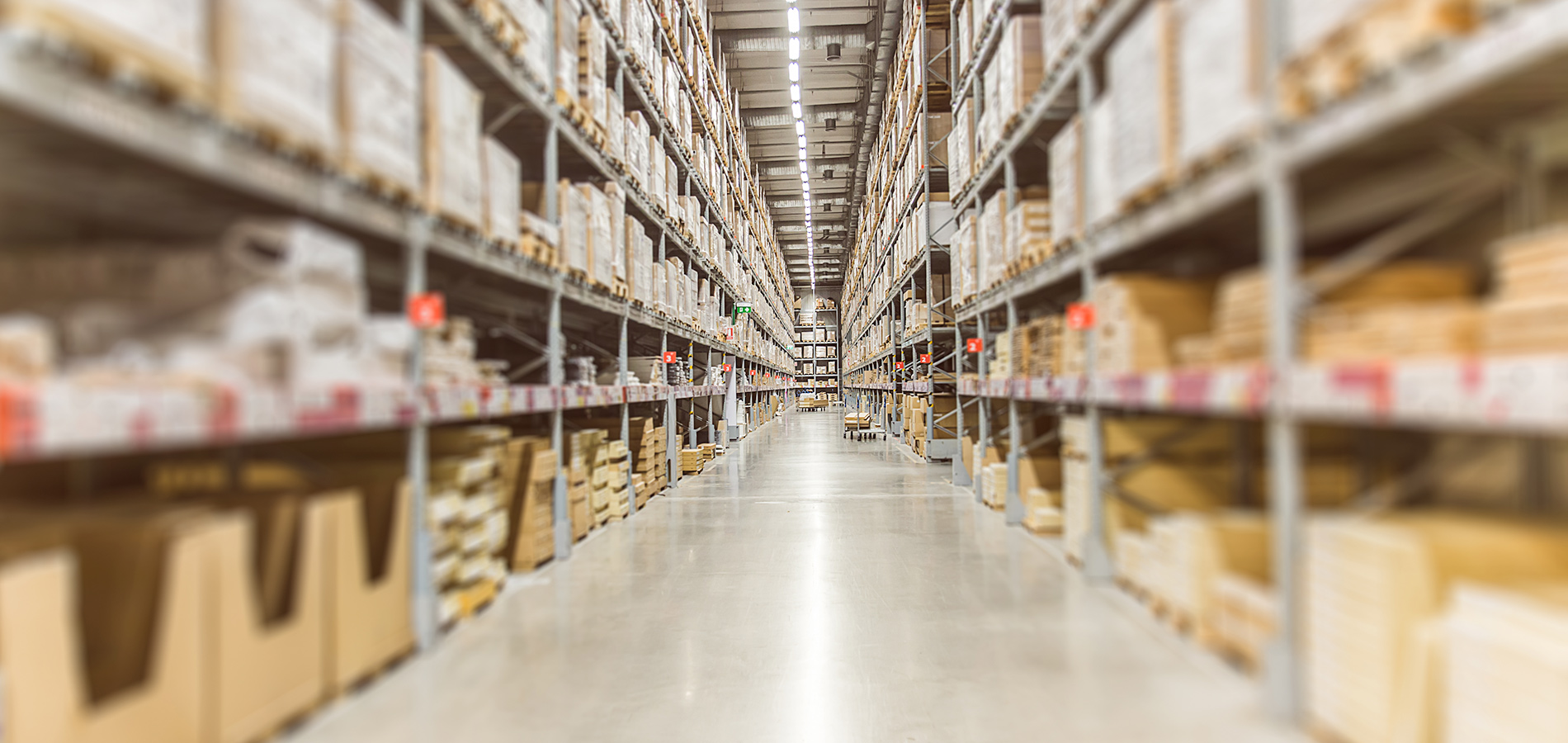
November 8, 2023
India's packaged consumer goods industry witnessed a 9% growth in value and an 8.6% growth
This uptick in growth comes after four quarters of subdued performance in rural markets, where sales had declined by 2-5%
Experts expressed optimism about the current festive quarter, both in urban and rural markets
Over the past six quarters, the fast-moving consumer goods (FMCG) sector primarily experienced price-led growth, with volumes under pressure due to high inflation

India’s packaged consumer goods industry witnessed a 9% growth in value and an 8.6% growth in volume during the September quarter compared to the previous year, according to a report by NielsenIQ.
This growth was fueled by increased spending in rural India on both essential and discretionary products. Several factors contributed to this positive trend, including cooling inflation, reduced unemployment, and lower liquefied petroleum gas (LPG) prices.
This uptick in growth comes after four quarters of subdued performance in rural markets, where sales had declined by 2-5%. Consumers were downtrading by purchasing lower-priced products or reducing their overall spending due to rising food and fuel prices.
Experts expressed optimism about the current festive quarter, both in urban and rural markets. He noted a resurgence in habit-forming product categories like biscuits, tea, noodles, and coffee after five quarters of stagnation. Increased consumer spending on discretionary categories, such as personal care and home care products, suggests that rural consumers are expanding their spending beyond essential items.
Over the past six quarters, the fast-moving consumer goods (FMCG) sector primarily experienced price-led growth, with volumes under pressure due to high inflation. The recent decline in commodity prices has reversed this trend.
India’s villages play a crucial role in the FMCG sector, accounting for over a third of its sales. Rural markets grew by 6.4% in volume sequentially, up from 4% in the preceding June quarter. NielsenIQ noted improved consumption patterns across the country, with urban and rural India experiencing growth in volume and value.
Economists emphasised the need to monitor the persistence of this trend. While indicators currently point to rising rural demand, the sustainability of this growth will be essential.
The growth was also attributed to modern trade and e-commerce channels, which made goods more accessible. Modern trade channels saw robust double-digit growth of 19.5% in the quarter, while traditional trade, comprising neighbourhood stores, grew by 7.5%.
Both packaged foods and non-foods saw a year-on-year growth of 8.7%. Within the foods category, growth was driven by impulse items such as salty snacks, chocolates, confectionery, biscuits, and tea.
Smaller regional companies continue to outpace national players in non-food categories, a trend acknowledged by consumer goods companies.
Source: Economic Times